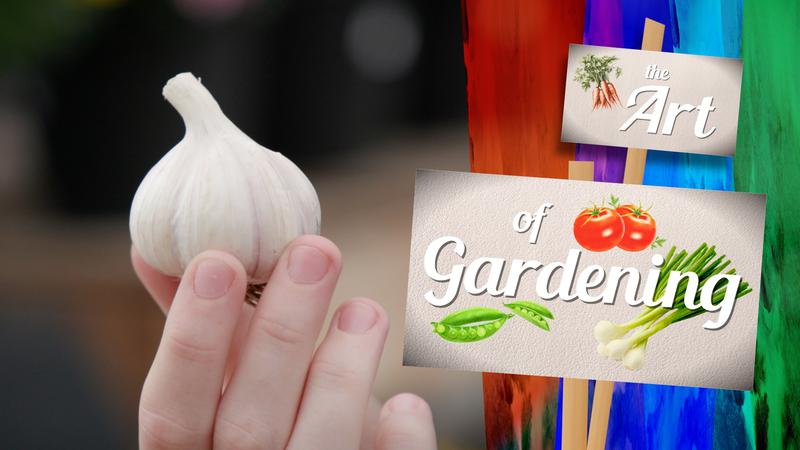
Sugar and Your Health – Good News and Bad News
Contributed by Stephanie Staples at Your Life Unlimited
If you know me, you know that I have been having a struggle with weight my whole life. I love and crave junk food and everyday I try to overcome this. My friend Katherine Peters is a master of living well and when I read her article about food choices, it really resonated with me and I ask her if I could share it with you.
I hope you get as much out of the information as I did.
Hard to Swallow


